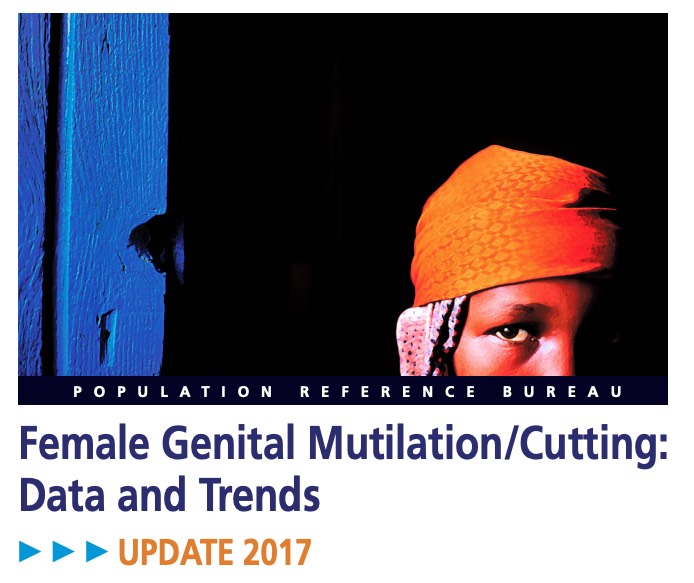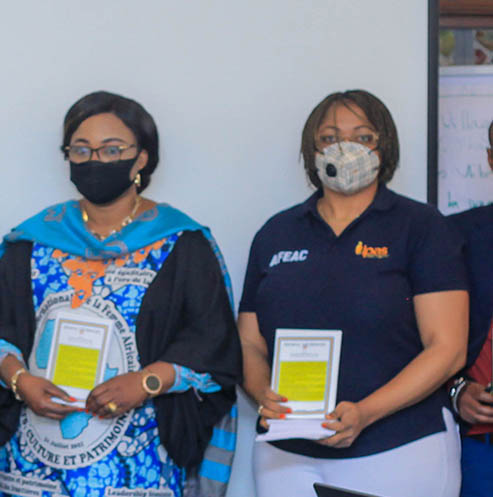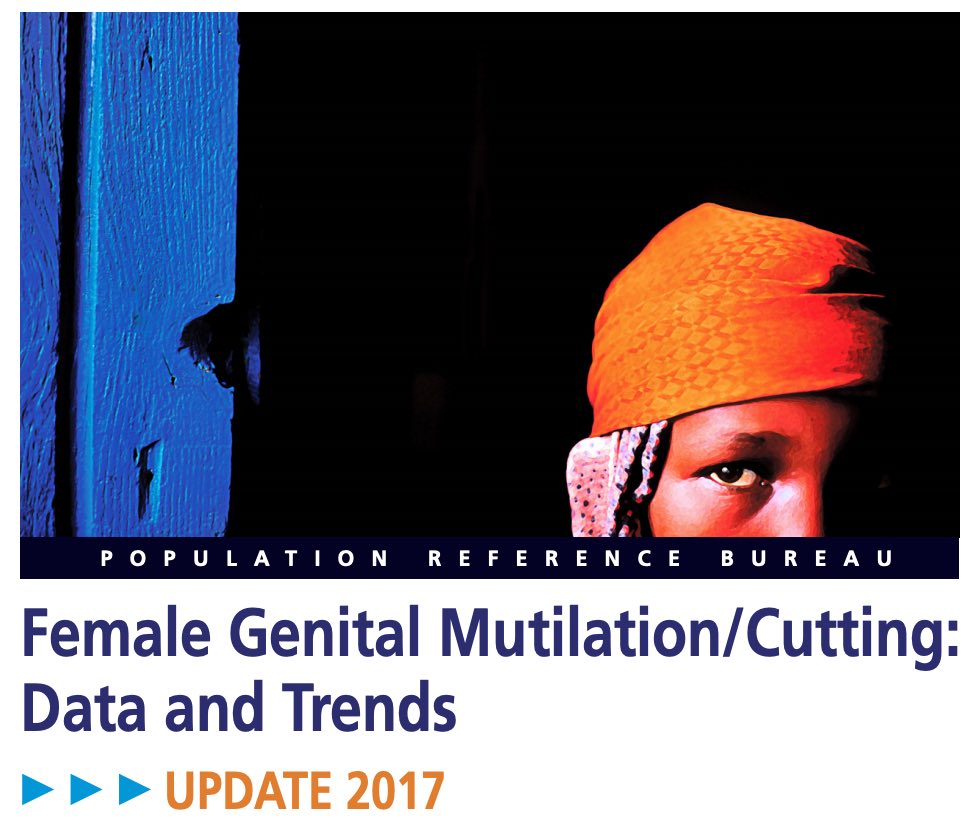197 Search Results Found For : "Ǯ o10_Ȼ6_4 (SOM) Z̷̽ ų̷ Ǯ â"
United Nations Raises Projected World Population
(2013) The United Nations Population Division has just released its comprehensive estimates and projections, World Population Prospects: The 2012 Revision. The results show a larger global population size in 2050, 9.6 billion, up from the 9.3 billion that the UN projected in its 2010 Revision. A major reason for the higher projection is higher fertility (birth rates) in some countries than previously estimated, particularly in Africa. Much of that information comes from recent demographic surveys.

Project: PACE: Policy, Advocacy, and Communication Enhanced for Population and Reproductive Health
Data in New Wallchart Show Female Genital Mutilation/Cutting Declining in Many Countries
Female Genital Mutilation/Cutting: Data and Trends Update 2017, produced with support from the U.S. Agency for International Development, provides the latest data on the practice in 29 developing countries with representative and comparable data—although FGM/C occurs worldwide.
Mortalité maternelle : l’une des principales causes de décès au Cambodge
(2003) La maternité est une période qui devrait être faite d'anticipation et de bonheur pour une femme, sa famille et sa communauté.

Project: Strengthening Evidence-Based Policy to Expand Access to Safe Abortion (SAFE ENGAGE)
The Democratic Republic of the Congo Leads the Way on Abortion Access: A Pathway for Reproductive Rights Advocates in Francophone Africa
Women in sub-Saharan Africa face the greatest risk globally for an unintended pregnancy to result in an unsafe abortion.
Education, Medical Treatment, and Social Networks Can Promote ‘Brain Health’ Among U.S. Elderly
(March 2009) When some people reach older ages, they begin to lose their ability to reason and to remember.

Project: PACE: Policy, Advocacy, and Communication Enhanced for Population and Reproductive Health
Wallchart. Female Genital Mutilation/Cutting Data and Trends, Update 2017
Female Genital Mutilation/Cutting: Data and Trends Update 2017, produced with support from the U.S. Agency for International Development, provides the latest data on the practice in 29 developing countries with representative and comparable data—although FGM/C occurs worldwide.
Time With Parents Key for Adolescents
(2015) The more time mothers spent engaged in activities with their adolescent children (ages 12 to 18), the less teens were involved in delinquent behavior, such as skipping school, shoplifting, staying out at night without permission, and getting in trouble at school or with the law, according to a study in the most recent issue of the Journal of Marriage and Family (see Figure 1).1


